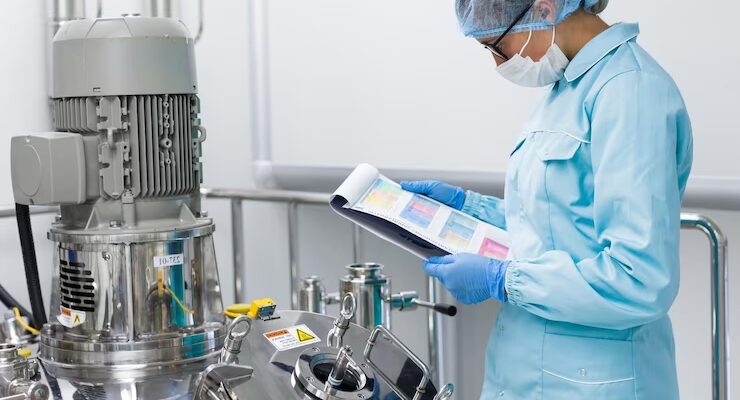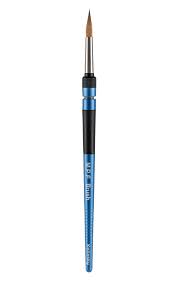
In the bustling world of cosmetics, where beauty innovations are born daily, one crucial aspect often overlooked is the acquisition of a cosmetic license. Whether you’re a seasoned beauty entrepreneur or a budding startup, understanding the intricacies of cosmetic licensing is paramount to success in the industry. In this blog, we’ll delve into the essentials of cosmetic licensing, unraveling its significance and guiding you through the process.
The Importance of Cosmetic Licensing
Before delving into the technicalities, let’s grasp why cosmetic licensing matters. In essence, a cosmetic license is a legal requirement enforced by regulatory bodies to ensure the safety and quality of cosmetic products. Obtaining a license signifies compliance with stringent regulations, reassuring consumers of product safety and efficacy.
Navigating Regulatory Frameworks
The regulatory landscape governing cosmetic licensing varies across countries, each with its set of standards and guidelines. In the United States, for instance, the Food and Drug Administration (FDA) oversees cosmetic regulation under the Federal Food, Drug, and Cosmetic Act (FD&C Act). On the other hand, the European Union regulates cosmetics through the Cosmetic Regulation (EC) No 1223/2009.
Understanding the specific regulations applicable to your target market is the first step in the licensing journey. Familiarize yourself with product classification, labeling requirements, ingredient restrictions, and safety assessments mandated by regulatory authorities.
The Licensing Process Unveiled
Now, let’s unravel the licensing process, step by step:
- Product Formulation and Testing: Begin by formulating your cosmetic product, ensuring compliance with regulatory standards. Conduct comprehensive safety and stability testing to assess product efficacy and safety. Engage with reputable laboratories specializing in cosmetic testing to validate product formulations.
- Ingredient Compliance: Scrutinize ingredient lists meticulously, ensuring compliance with regulatory restrictions. Certain ingredients, such as parabens and phthalates, may be prohibited or restricted due to safety concerns. Verify ingredient safety data and adhere to permissible concentration limits.
- Labeling Requirements: Craft clear and comprehensive product labels in accordance with regulatory guidelines. Include essential information such as product name, ingredients, net weight, usage instructions, and manufacturer details. Ensure that labels are legible, accurate, and compliant with regulatory specifications.
- Good Manufacturing Practices (GMP): Implement robust manufacturing practices to uphold product quality and safety standards. Adhere to GMP guidelines outlined by regulatory authorities, encompassing hygiene, sanitation, and quality control measures. Establish stringent quality assurance protocols to mitigate risks and ensure consistency in product manufacturing.
- Submission and Documentation: Compile comprehensive documentation detailing product formulations, safety assessments, and manufacturing processes. Prepare and submit regulatory dossiers encompassing essential information required for license application. Navigate through regulatory portals or engage regulatory consultants to facilitate the submission process.
- Review and Approval: Await regulatory review and assessment of submitted documentation. Regulatory authorities may conduct thorough evaluations to verify compliance with regulatory standards. Address any inquiries or requests for additional information promptly to expedite the approval process.
- License Issuance: Upon successful review and approval, obtain the coveted cosmetic license from regulatory authorities. Celebrate the culmination of your efforts, marking the official authorization to market and distribute your cosmetic products.
Challenges and Considerations
While navigating the cosmetic licensing process, anticipate various challenges and considerations:
- Complexity of Regulations: Regulatory requirements governing cosmetics can be intricate and multifaceted, posing challenges for compliance. Stay abreast of regulatory updates and seek expert guidance to navigate evolving regulatory frameworks effectively.
- Cost and Resources: Acquiring a cosmetic license entails financial investment and allocation of resources for product testing, documentation, and regulatory compliance. Budget accordingly and leverage cost-effective strategies to optimize the licensing process.
- Market Entry Barriers: Entry into certain markets may be hindered by regulatory barriers and approval delays. Conduct thorough market research and strategize market entry approaches tailored to regulatory dynamics and consumer preferences.
- Global Harmonization: Harmonization of cosmetic regulations across international markets remains an ongoing endeavor. Embrace global harmonization initiatives and align with internationally recognized standards to facilitate market expansion and regulatory compliance.
Conclusion
In the vibrant landscape of cosmetics, securing a cosmetic license is not merely a regulatory obligation but a testament to your commitment to product safety and consumer trust. By navigating the intricacies of cosmetic licensing with diligence and expertise, you pave the way for the successful launch and sustenance of your beauty brand. Stay informed, stay compliant, and embark on your cosmetic licensing journey with confidence and clarity.
Also read blogs- business








